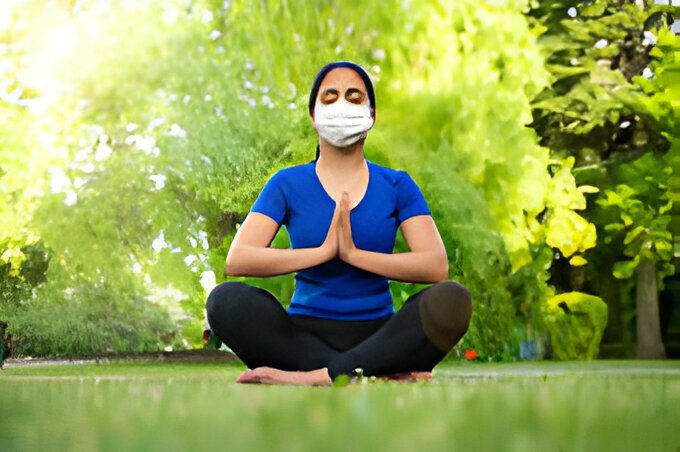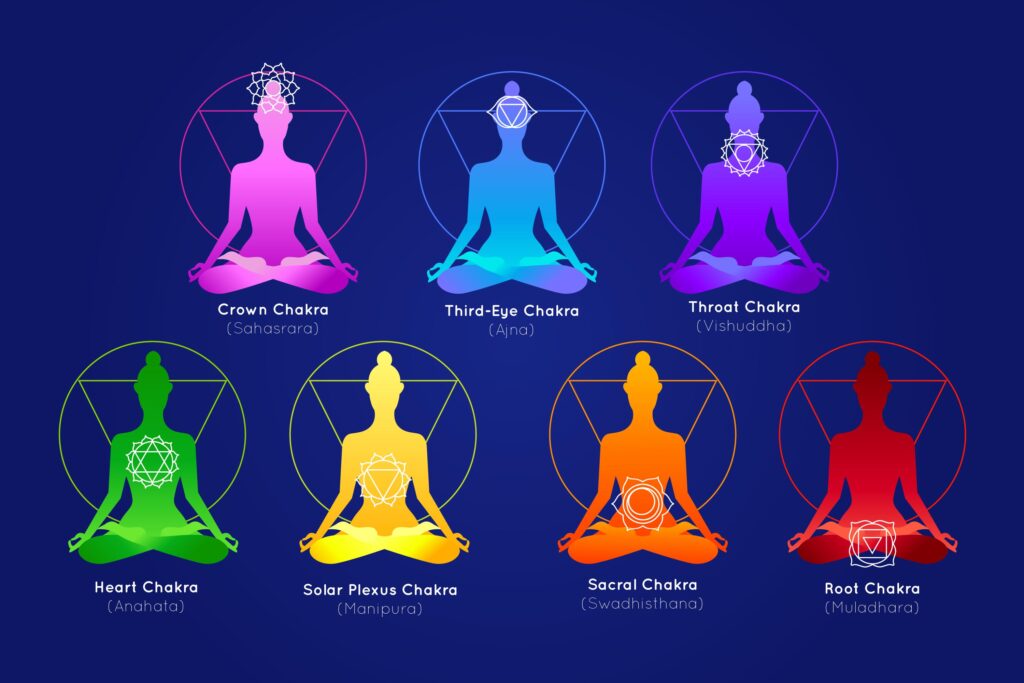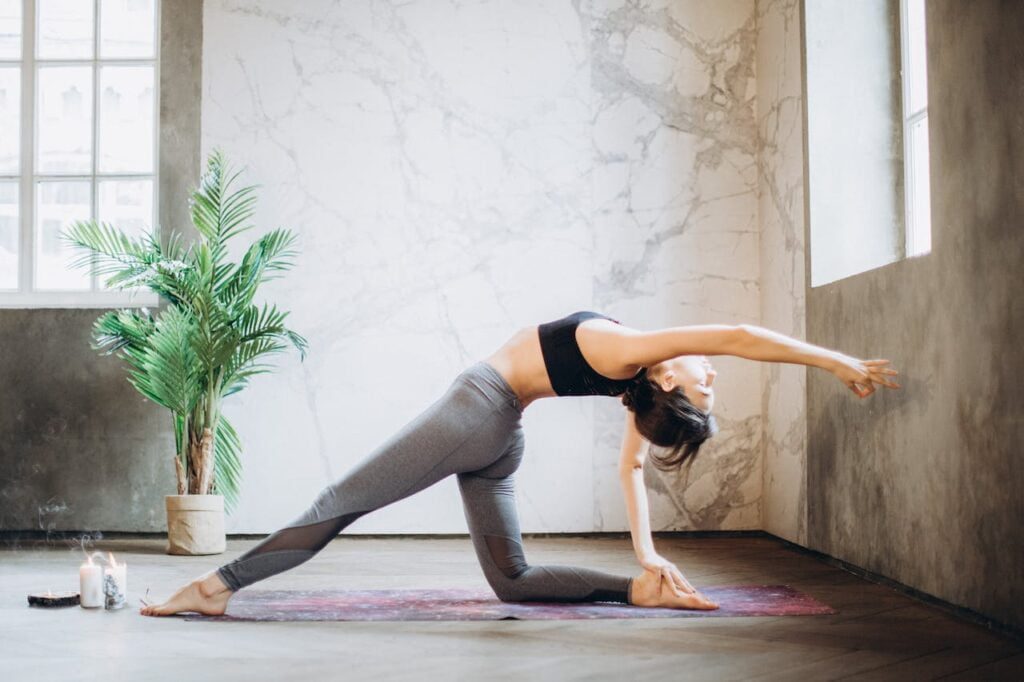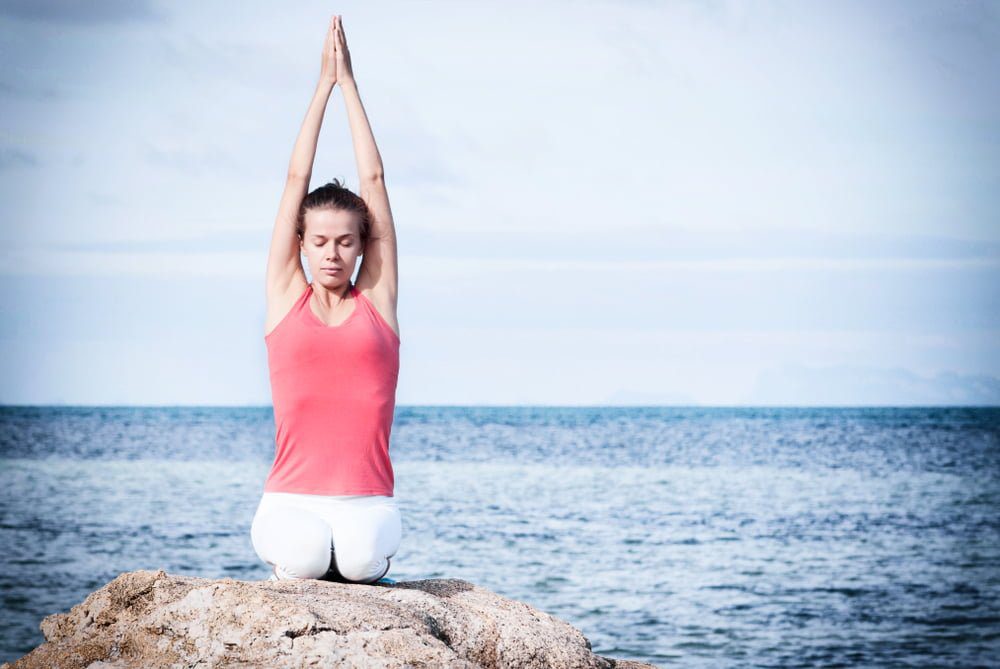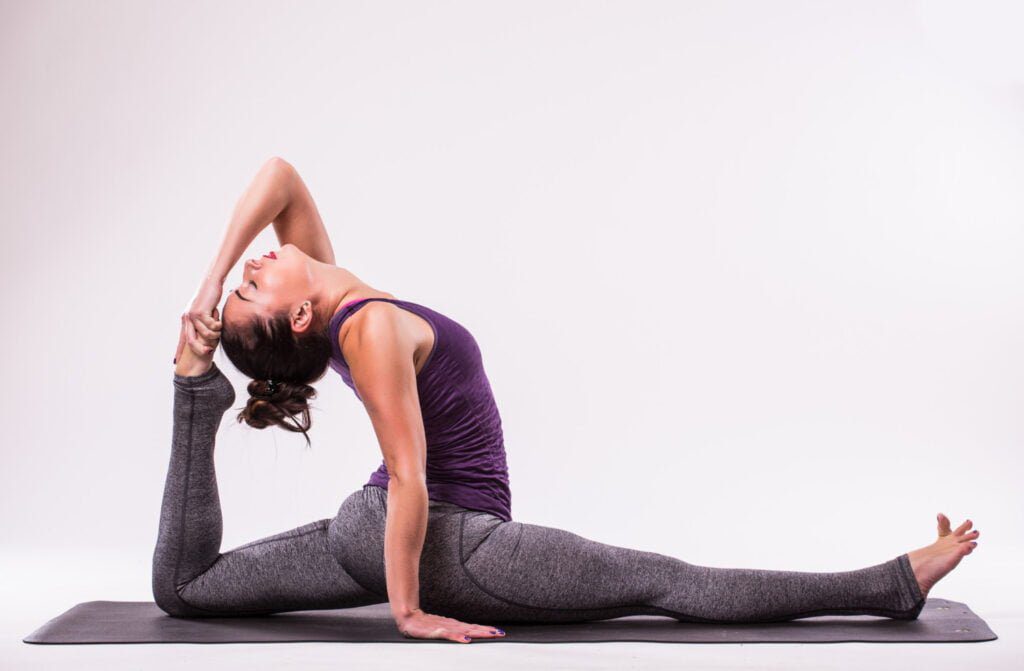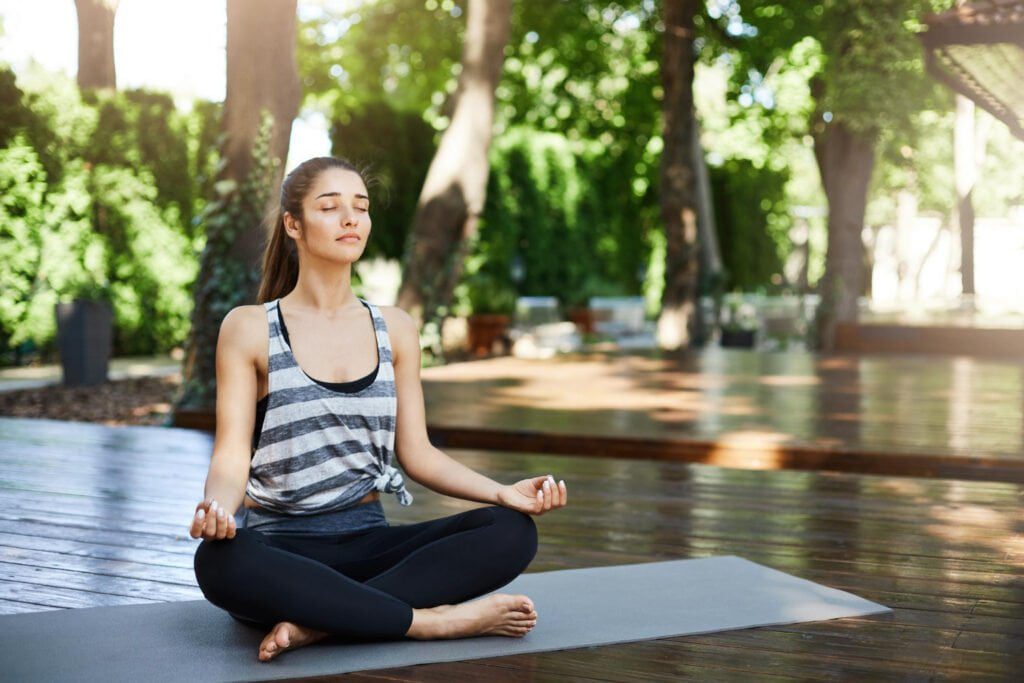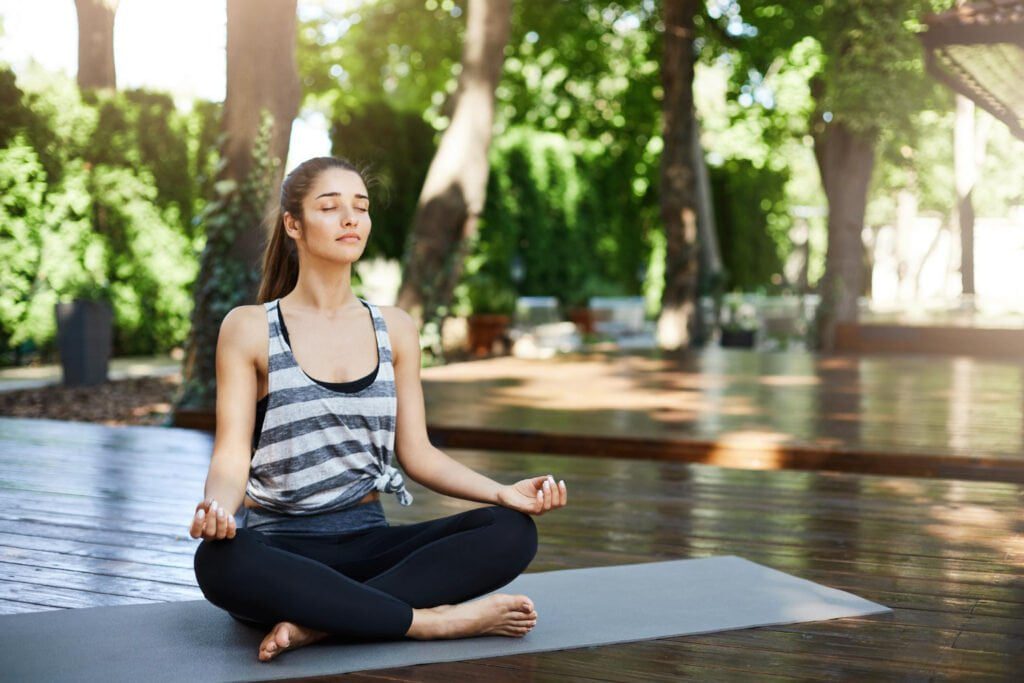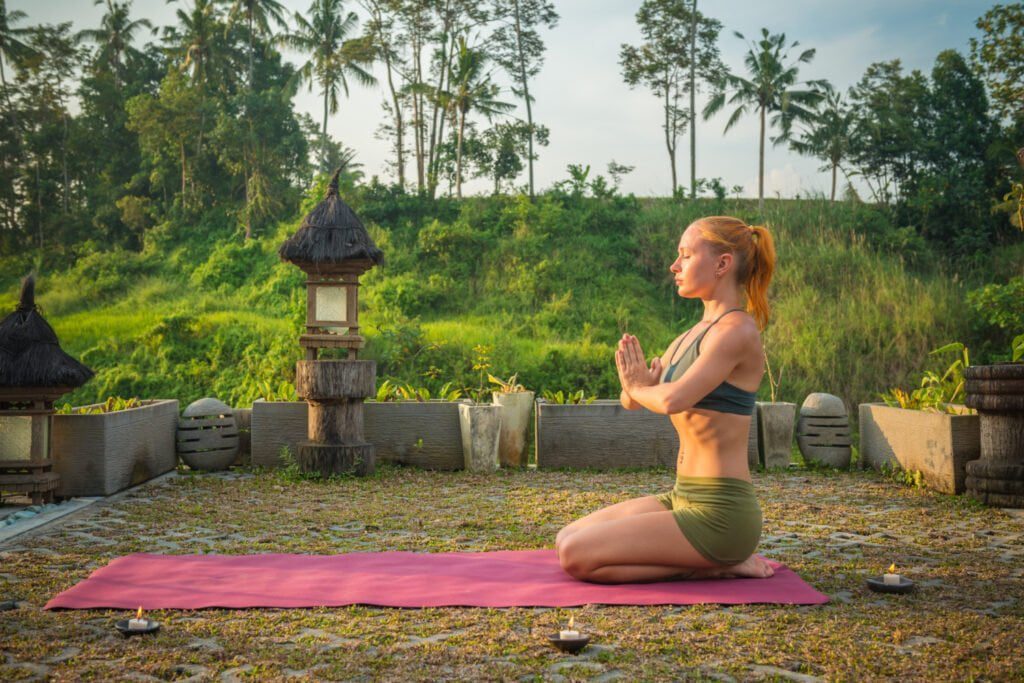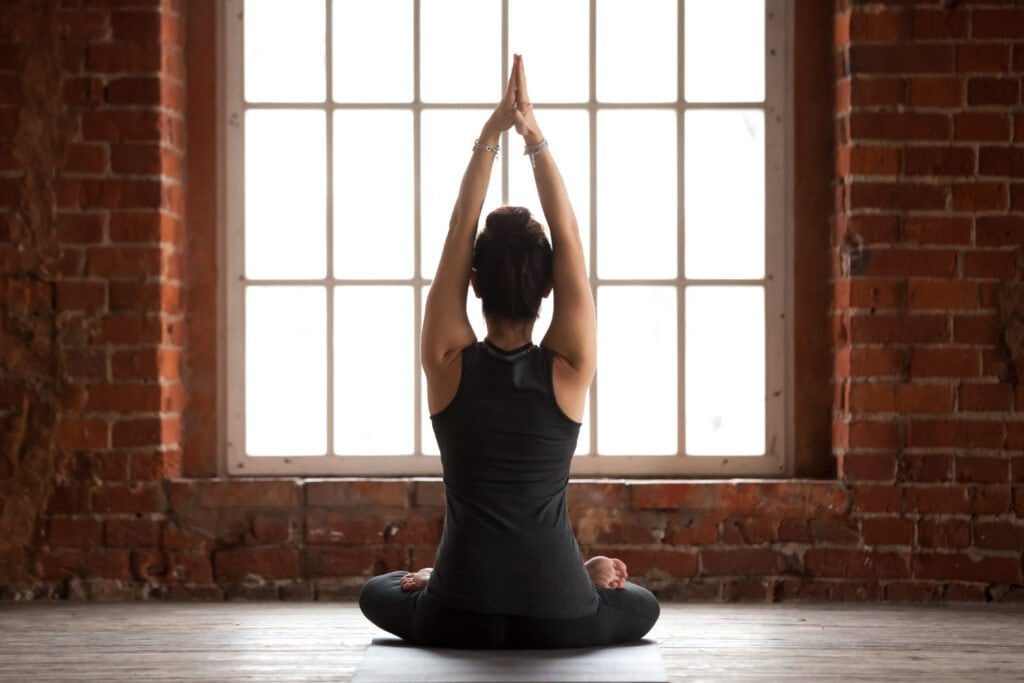We must still wear a mask to prevent infection and reduce the spread of the Covid-19 virus, especially when we are going to share spaces with third parties. But wearing a mask can have counterproductive effects on our health, such as anxiety and depression of the immune system. And the longer we wear it, the more serious its harmful effects can be.
The good news is that you can reduce them by doing Yoga and learning to breathe.
Yoga to Recover From the Harmful Effects of Masks.
When we wear a mask we tend to take shorter inhalations and exhalations, to breathe quickly and shallowly, with the upper part of our lungs. This breathing is associated with states of anxiety and stress. And breathing fast and short for long periods of time makes us more nervous and more anxious. If you get impatient, or get in a bad mood these days, this may be the explanation.
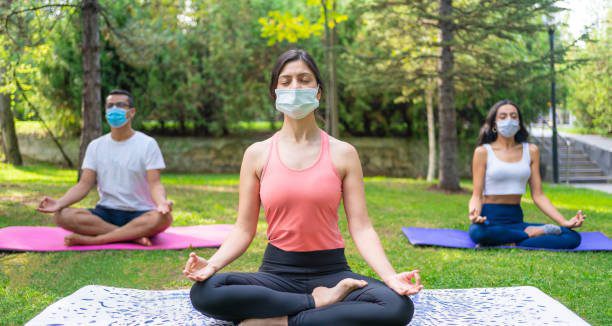
Sit on the terrace, or in a ventilated room on your heels, insteps against the ground. Adopt a comfortable position but with your back straight. Place your right hand on your abdomen, just below where your ribs end. When you inhale, push your hand forward with your abdomen to bring air to the lower part of your lungs. As you exhale, contract your abdomen, causing your right hand to move inward. Hold this abdominal breathing as you inhale deeper each time. Place your left hand on top of your chest and try to have your left hand also move up and forward on the inhale and down and back on the exhale. Little by little you lengthen your exhalations.
Then slowly raise your hips, place your hands on the floor and get on all fours. He raises his right hand and brings it to the left, extending his arm close to the ground, placing his right shoulder on the ground. In this position, he takes deep breaths again. In this position we close the right lung and open the left, and when we inhale all the air enters the left lung, moving and cleaning it. Stay in this posture for at least 10 deep inhalations and exhalations and then repeat on the other side.
Sit up gently and breathe normally.
Learning to breathe is essential to achieve the countless benefits that the practice of Yoga brings, not only on a physical level, but also on a mental and emotional level.
Bottom Line.
Incorporating yoga into our daily routine can help us recover from the harmful effects of wearing masks. By focusing on deep breathing, releasing tension in our muscles, and promoting relaxation, yoga can aid in reducing stress and improving overall well-being. It is a simple and effective way to counteract the negative impacts of prolonged mask-wearing and promote physical, mental, and emotional healing. With regular practice, we can better cope with the challenges of wearing masks and maintain our health and wellness during these unprecedented times.

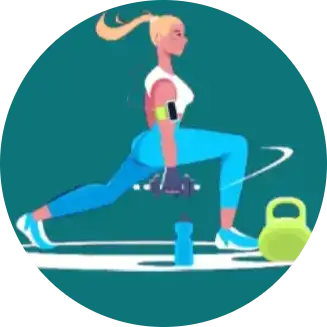 Workout
Workout
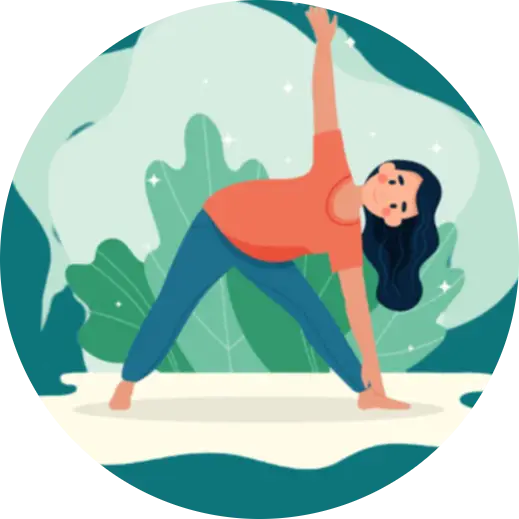 Meditation
Meditation





 Contact Us
Contact Us

